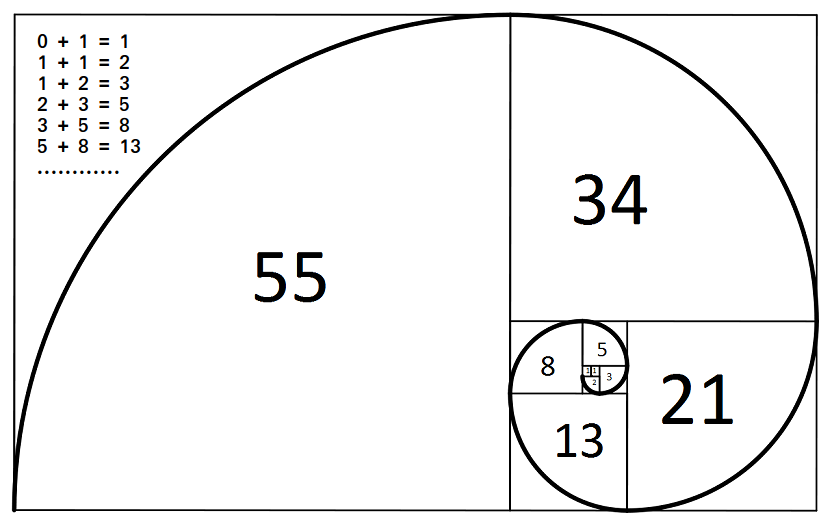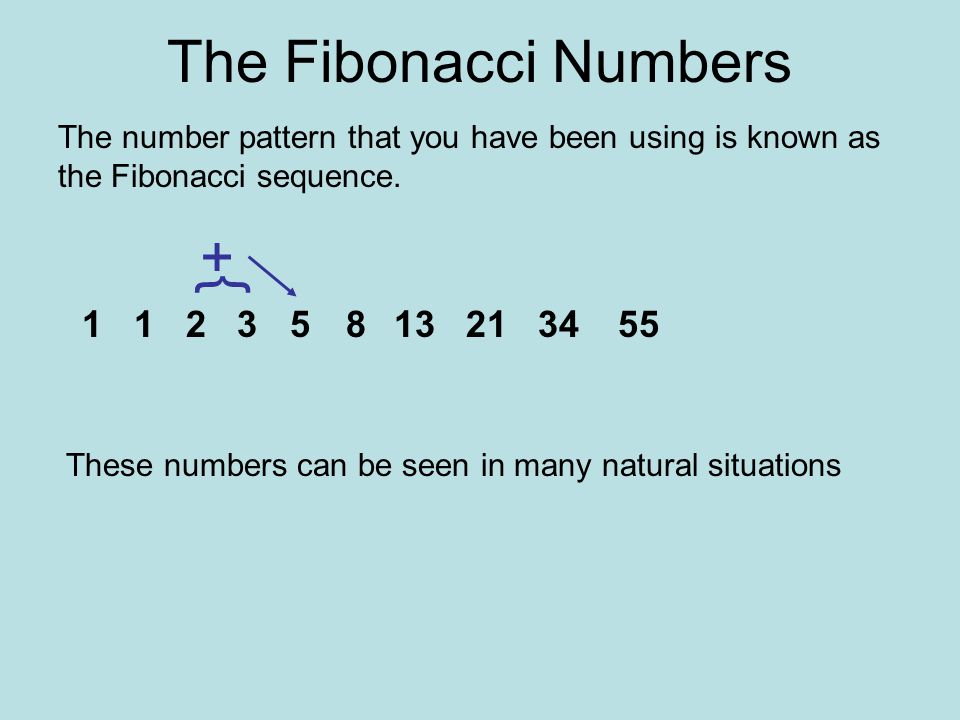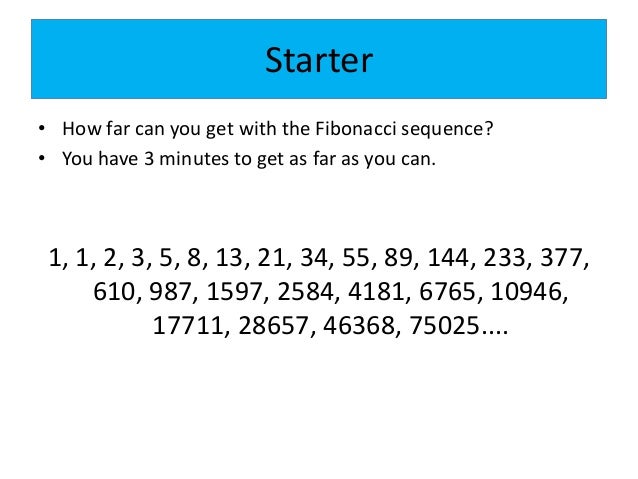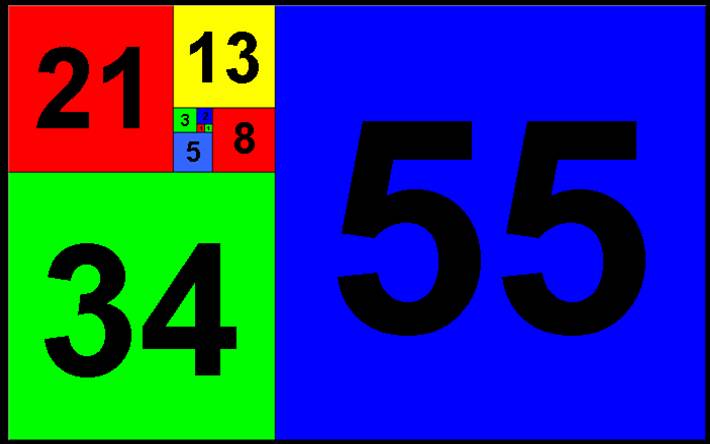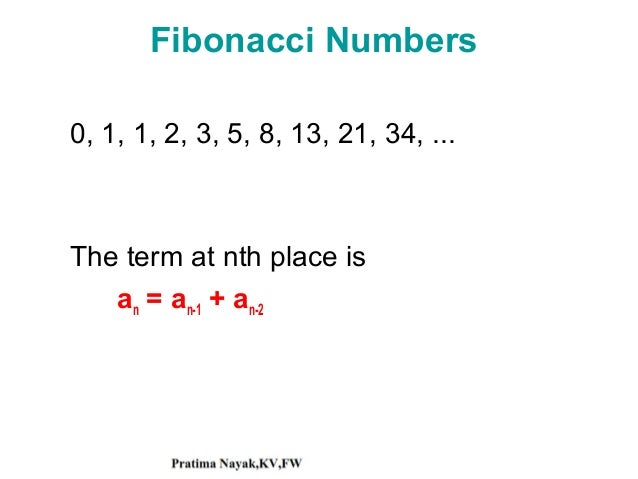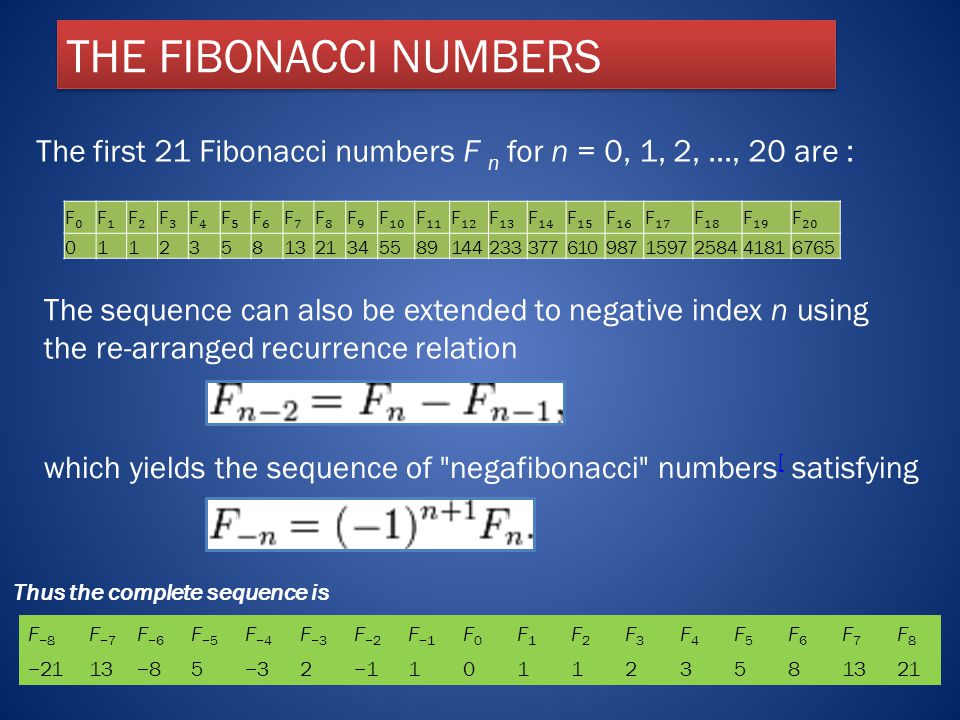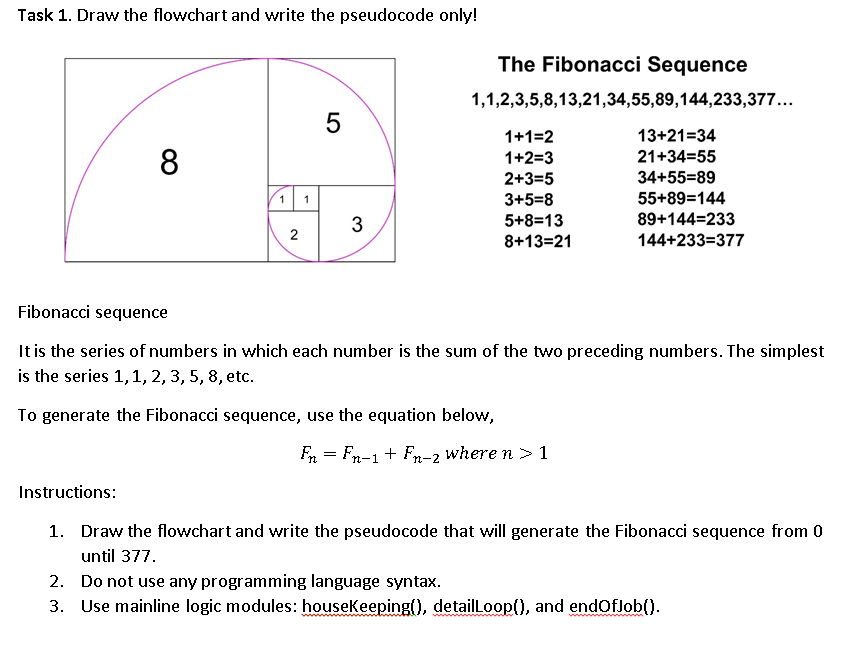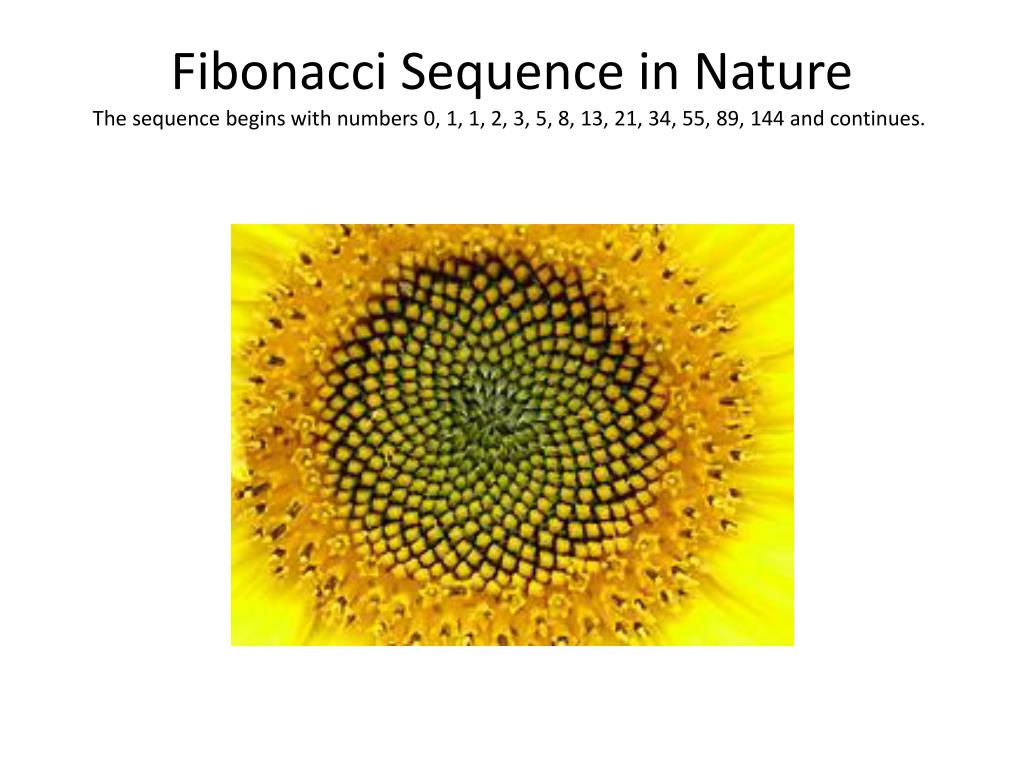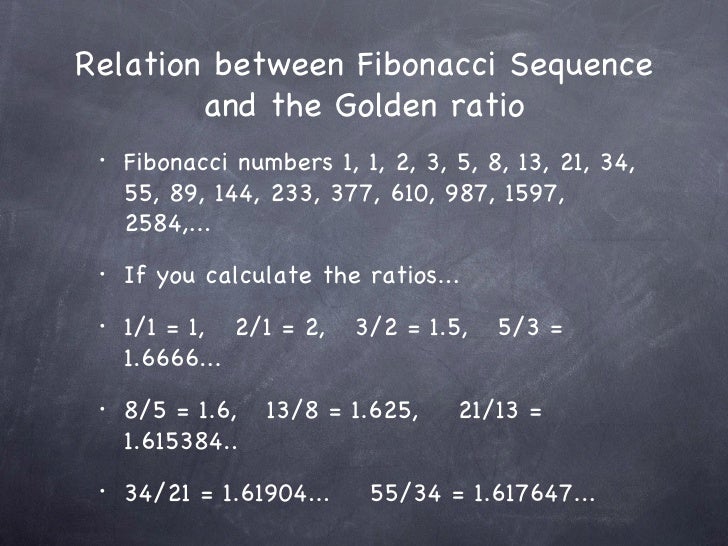1 1 2 3 5 8 Sequence
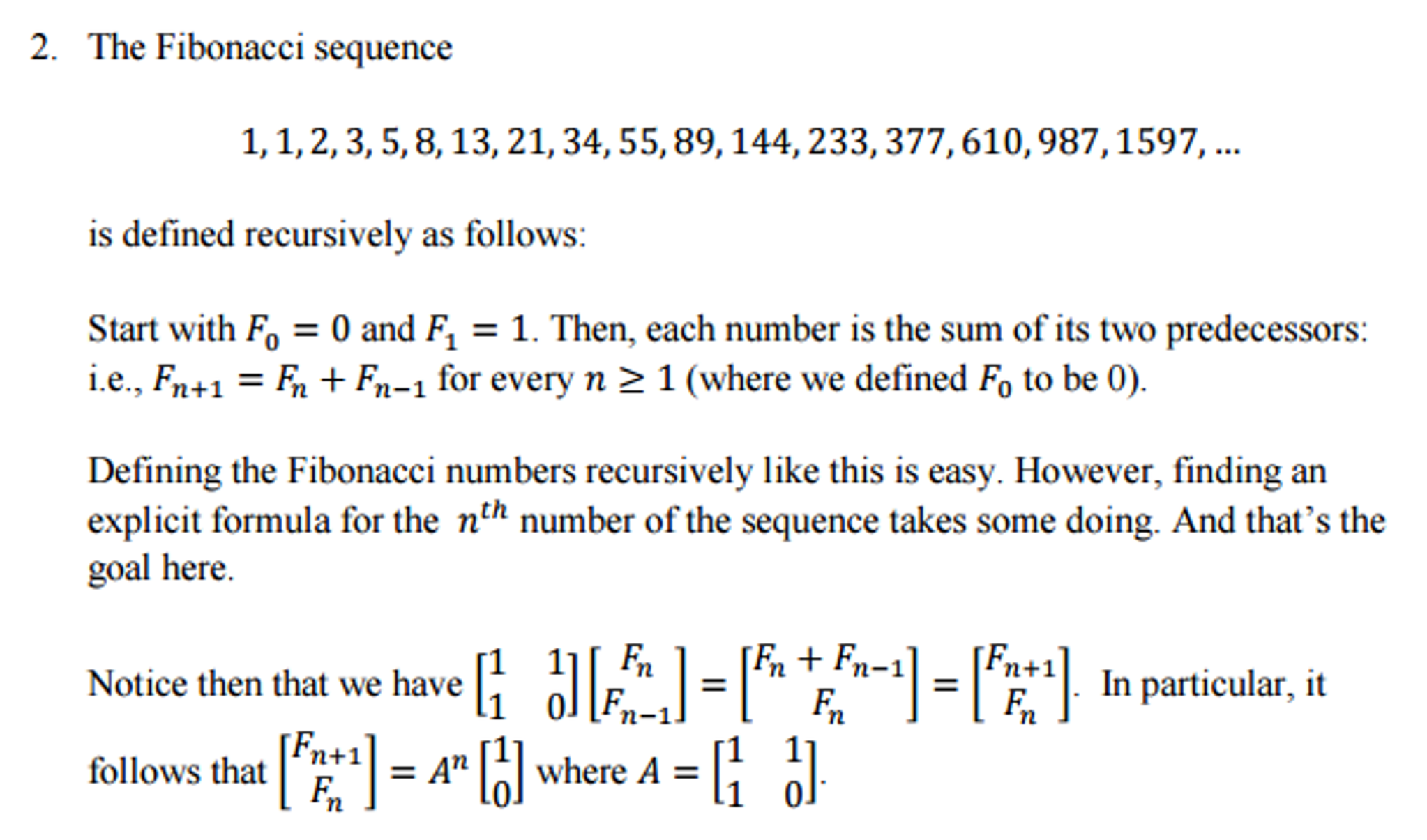
1 3 5 7 is the sequence of the first 4 odd numbers and is a finite sequence 4 3 2 1 is 4 to 1 backwards 1 2 4 8 16 32 is an infinite sequence where every term doubles.
1 1 2 3 5 8 sequence. Nextnumber finds the next number in a sequence of numbers find next number. Also the sequence 1 1 2 3 5 8 which contains the number 1 at two different positions is a valid sequence. Each number in the sequence is the sum of the two numbers that precede it. Find the next number in the sequence using difference table.
So the sequence goes. Probably the most famous of all mathematical sequences. 0 1 1 2 3 5 8 13 21 34 and so on. The next number is found by adding up the two numbers before it.
About nextnumber classic sequences contact nextnumber classic sequences contact nextnumber. It goes like this 1 1 2 3 5 8 13 21 34 55 89 at first glance one may wonder what makes this sequence of numbers so sacrosanct or important or famous. Each term of the sequence is equal to the sum of two preceding terms. Sequences can be finite as in these examples.
This way each term can be expressed by this equation. A 5 1 2 5 1 a 5 1 8 9 looking back at the listed sequence it can be seen that the 5th term a 5 found using the equation matches the listed sequence as expected. The fibonacci sequence maths 1 1 2 3 5 8 13 21 34 55 89 is one of the most famous number sequences of them all. Every number in the fibonacci sequence starting from 2 is the sum of the two numbers preceding.
The fibonacci sequence typically has first two terms equal to f 0 and f 1. This sequence differs from a r m y. Please enter integer sequence separated by spaces or commas. It turns out that the answer is simple.
0 1 1 2 3 5 8 13 21 34. We ve given you the first few numbers here but what s the next one in line. The fibonacci sequence is the series of numbers.






